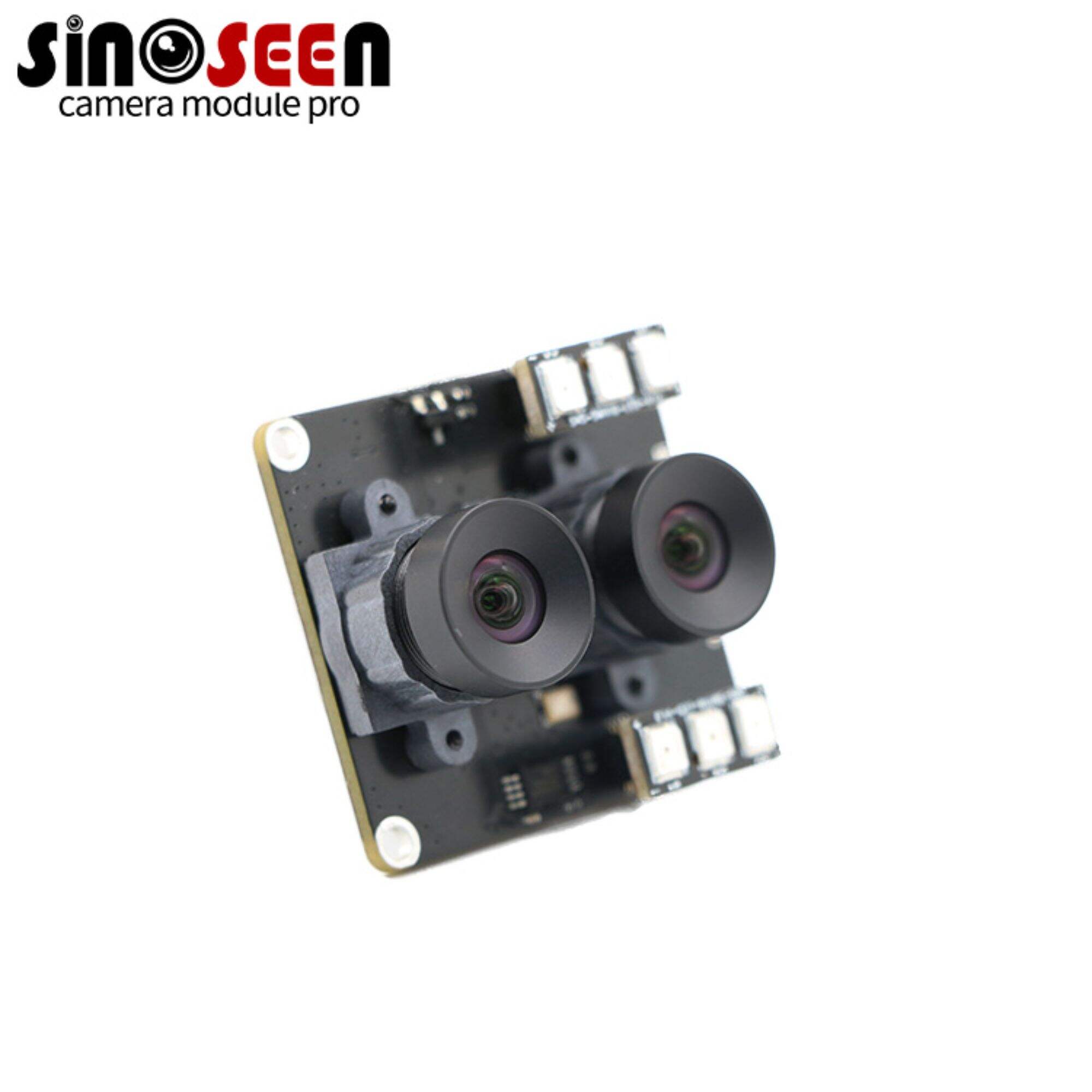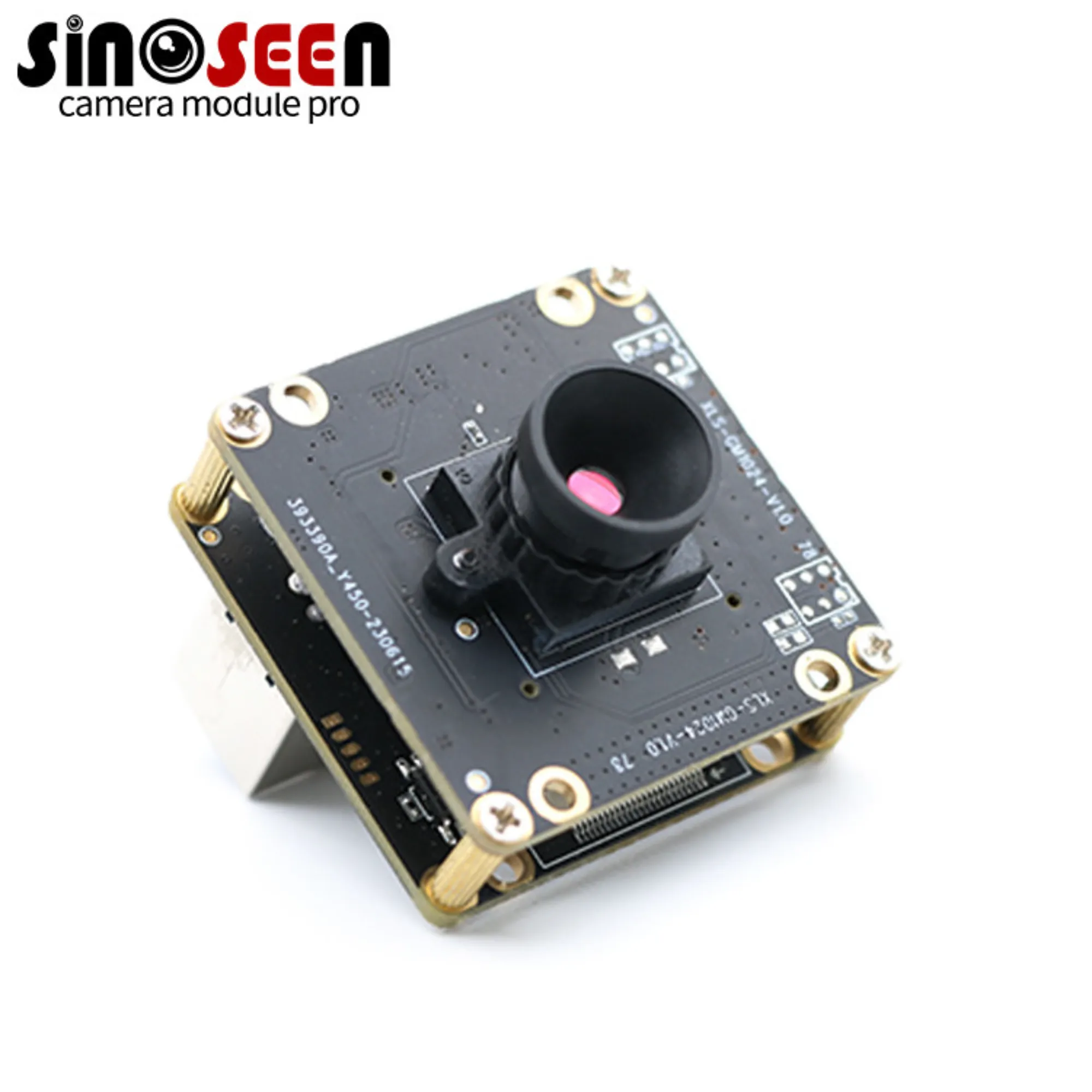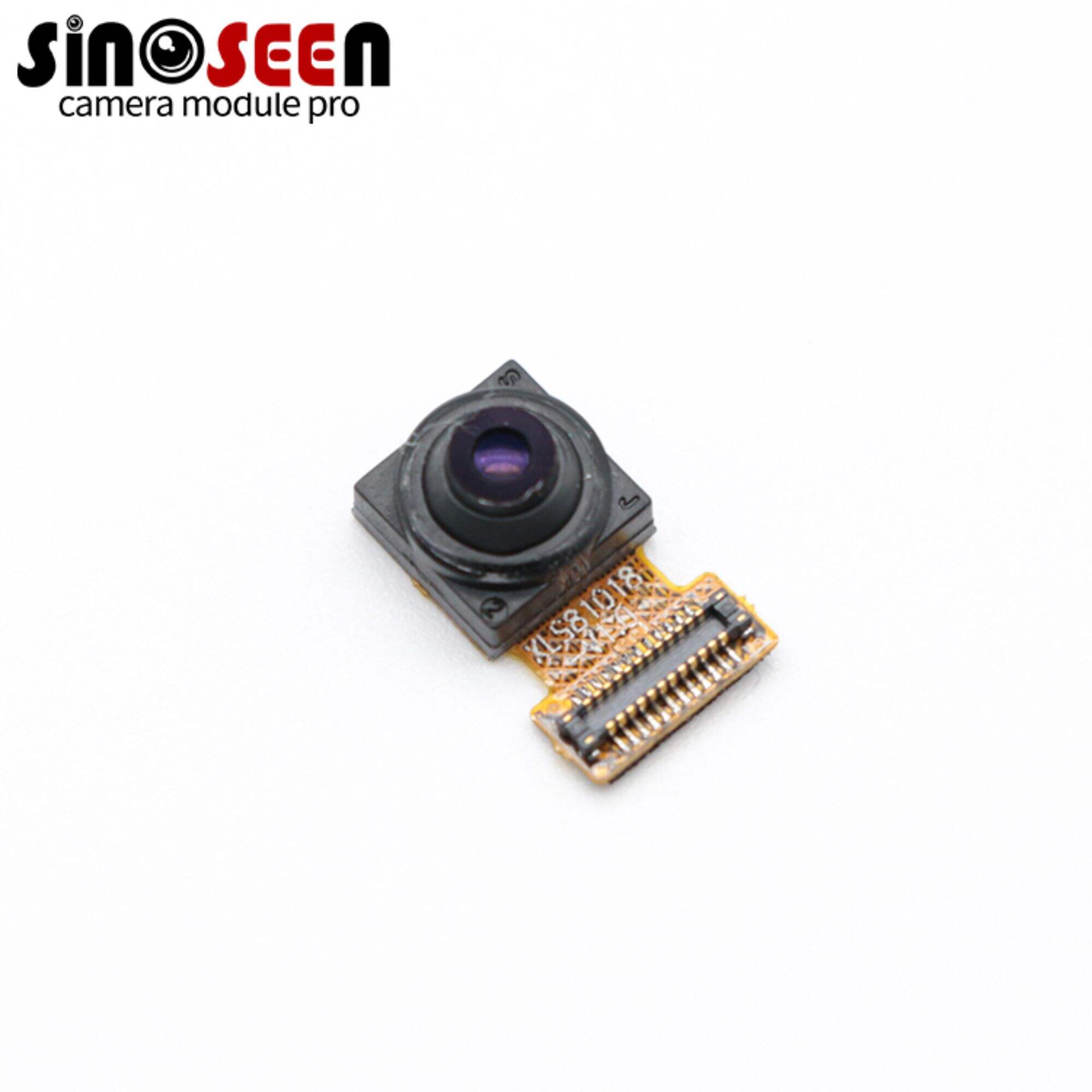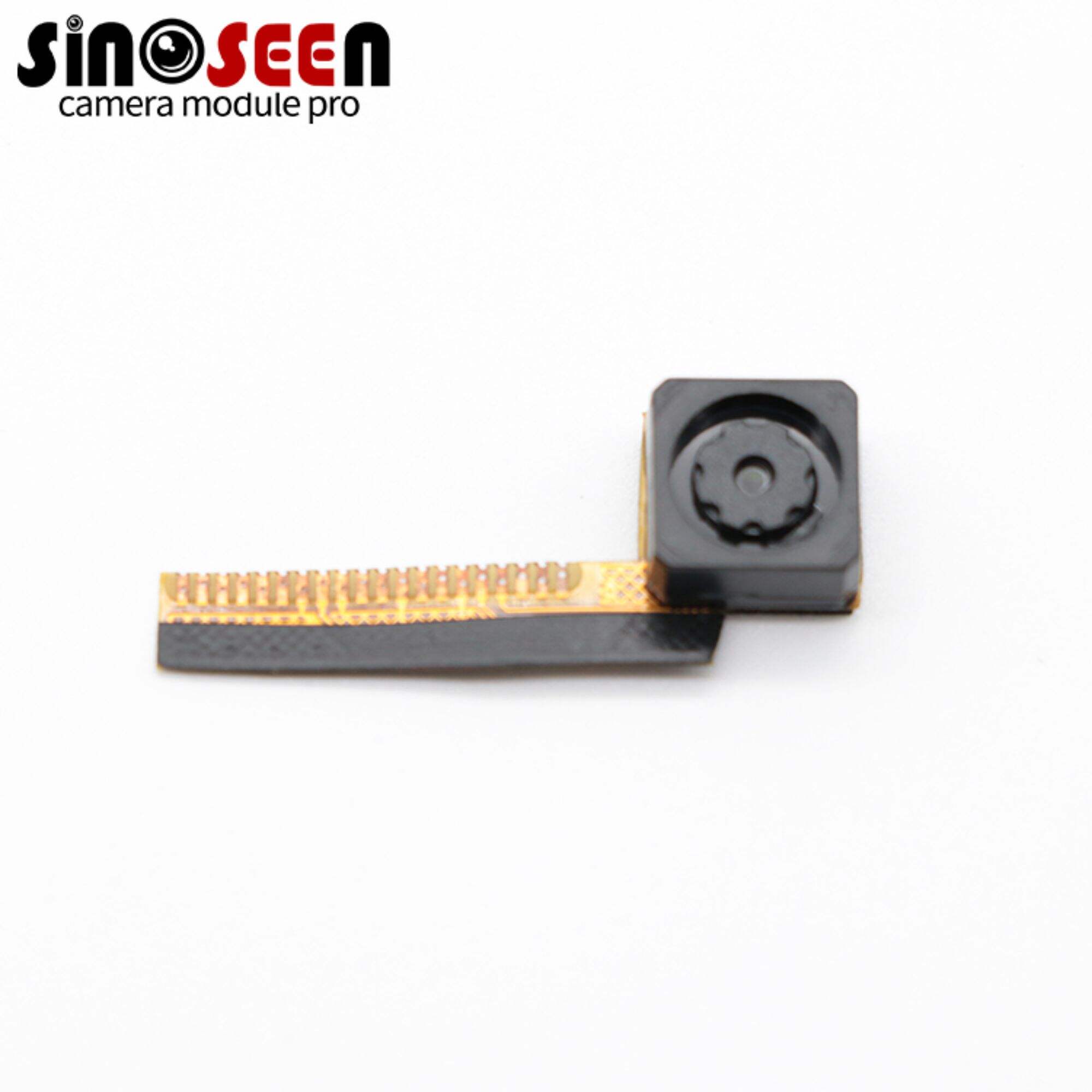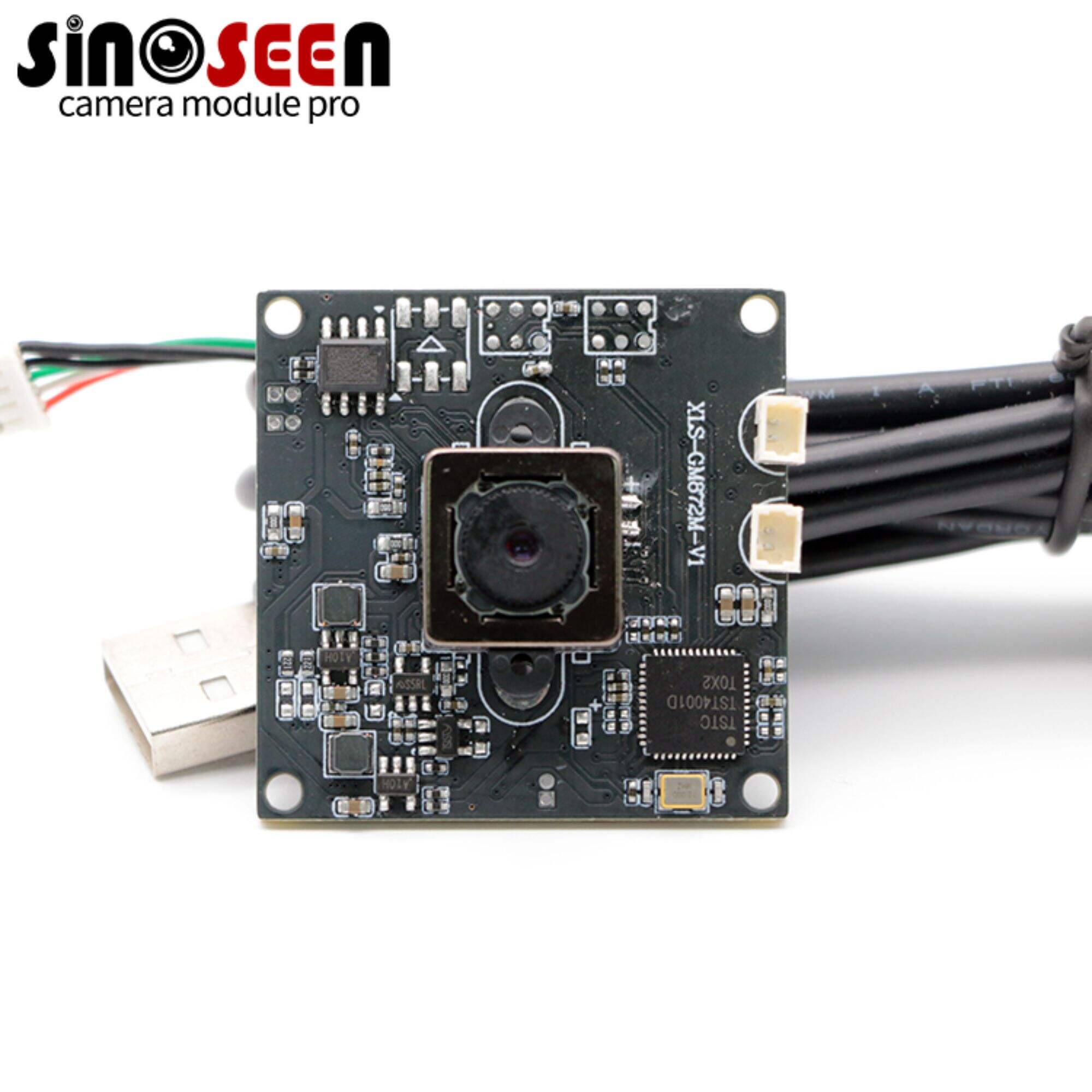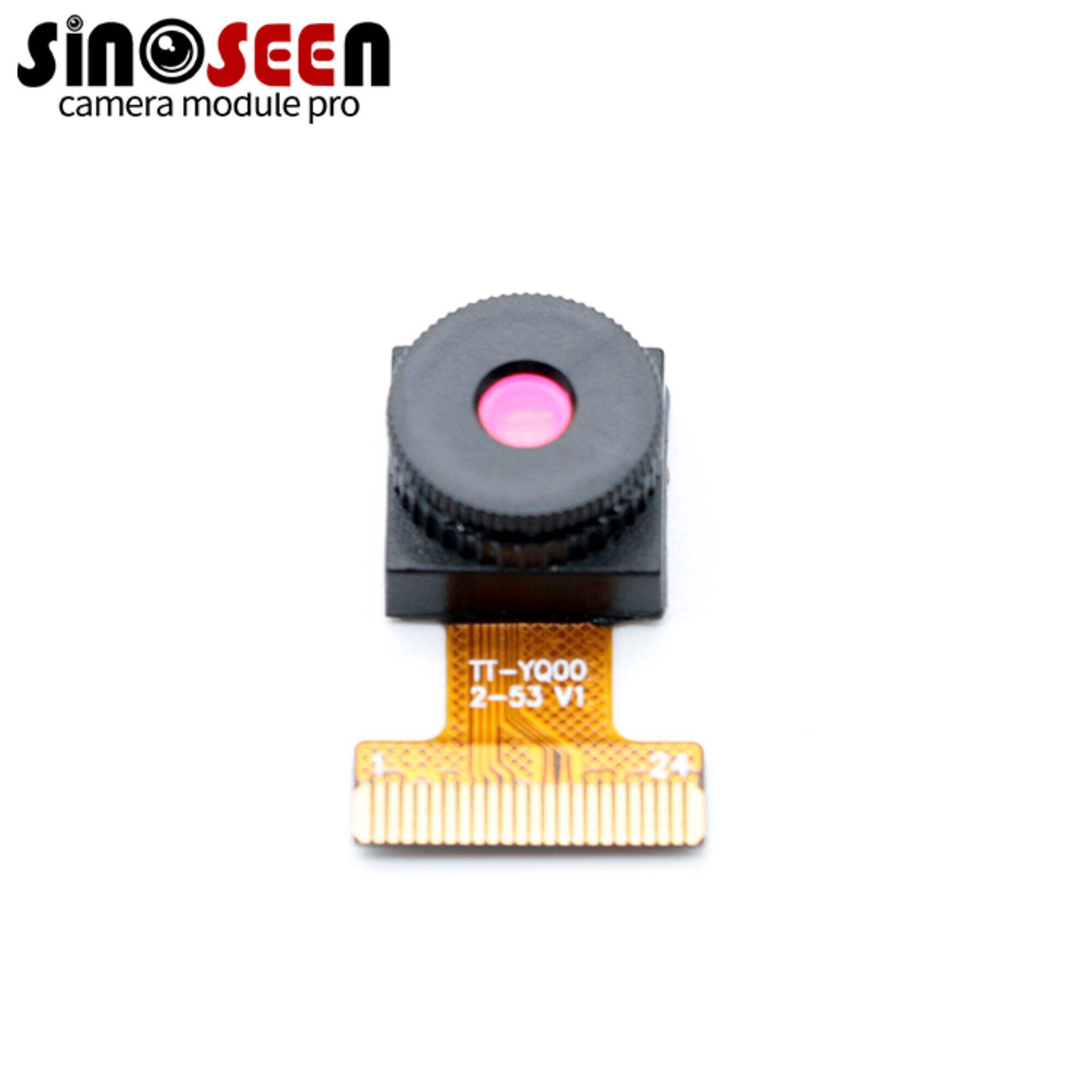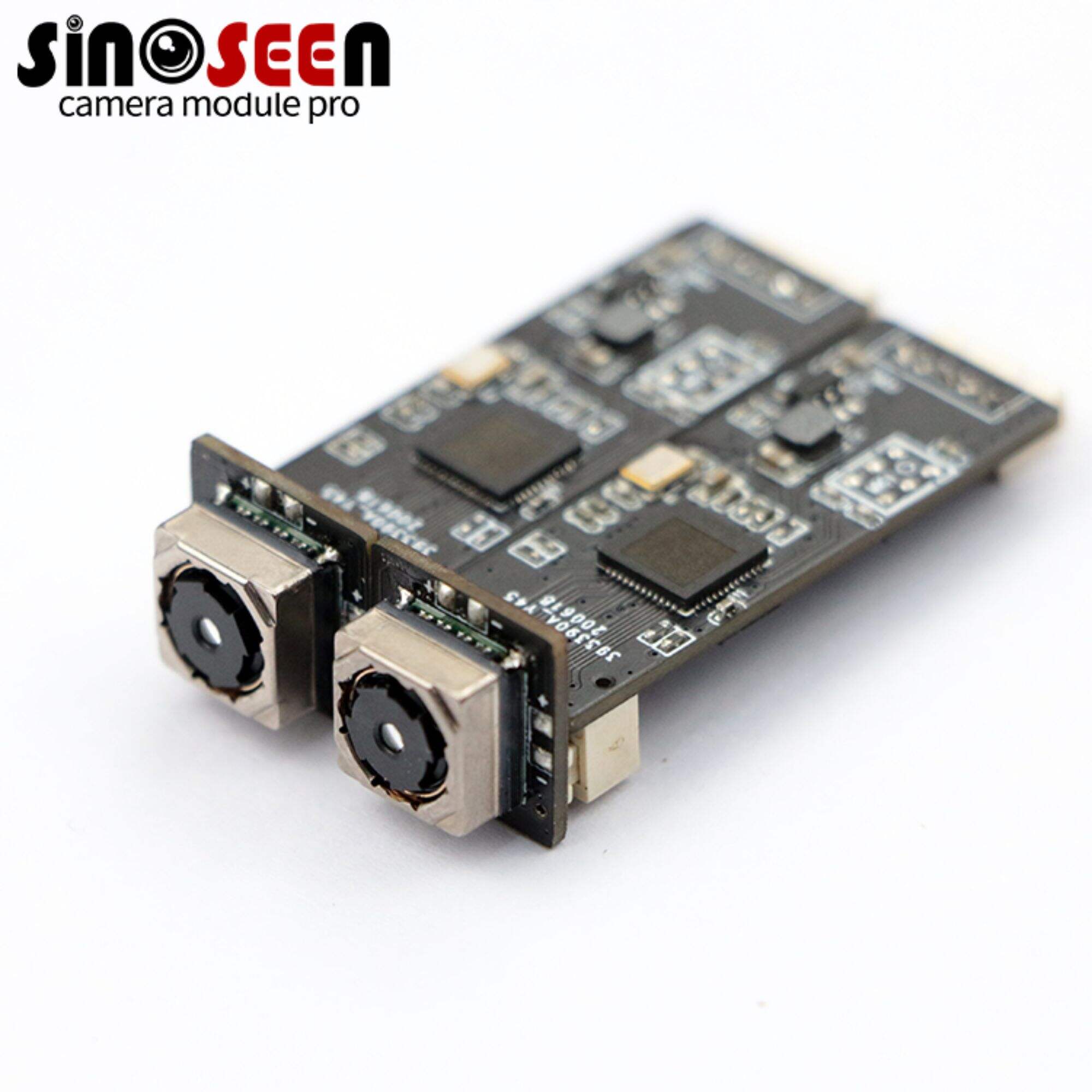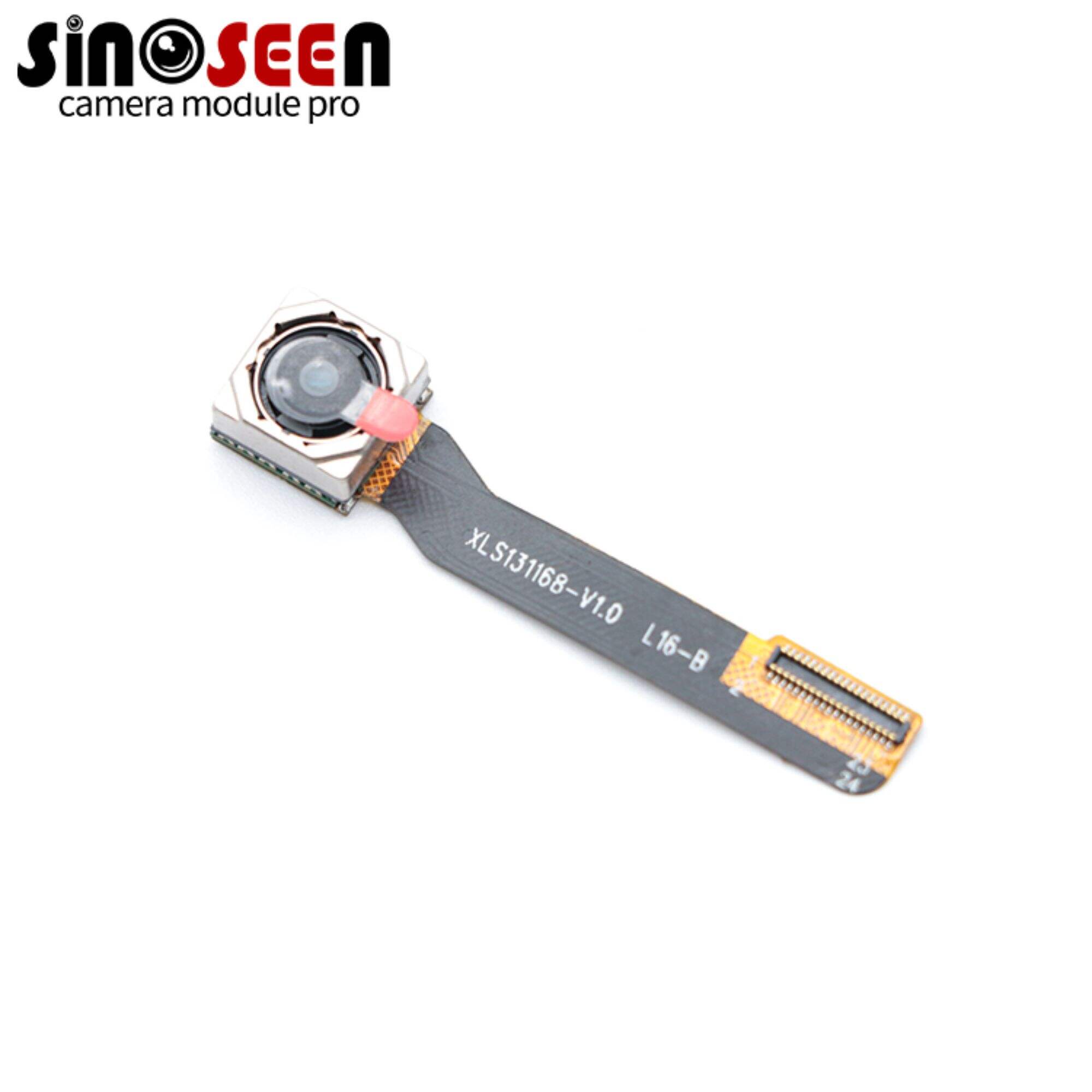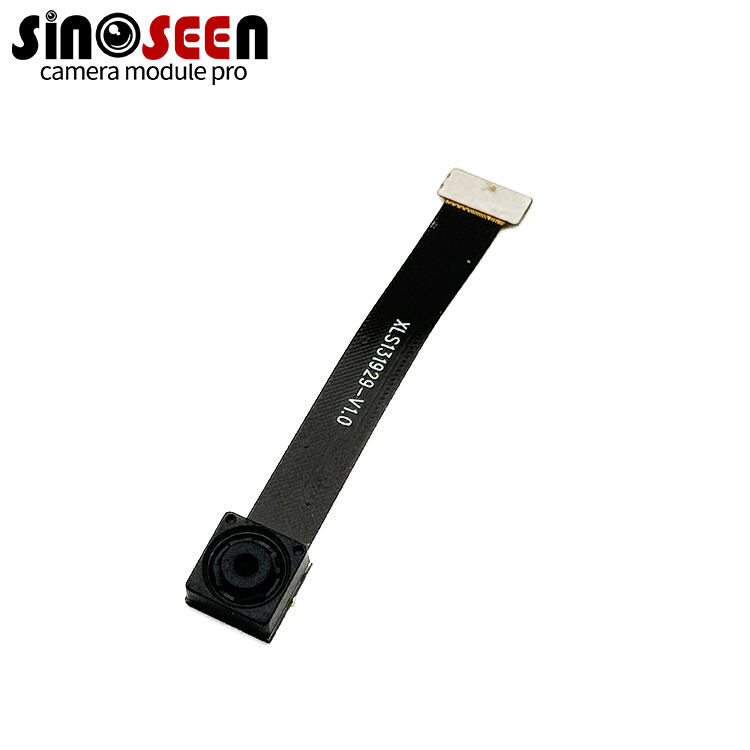C-mount vs. CS-mount: The main difference you should know
This article discusses Thread Specifications - the similarities and dissimilarities between C-mount & CS-mount lenses. The mounting is also the principal way a lens is attached safely to the camera structure, so all details must be carefully considered when choosing a mount.
Before know about C-mount and CS-mount
C-mount and CS-mount are both threaded lens mounts, so they are both mounted by tightening the threads. As we learned above, the specifications of the C-mount and CS-mount are almost the same, with the obvious difference being the FFD (Flange Focal Distance), so we can tell the difference by the details. Below, let us first understand the thread specifications.
What are the thread specifications?
In lens mounts, the main characteristics of threads are pitch and diameter. The structure of the thread, however, consists of a peak, a wing and a root, which are repeated along the thread axis.
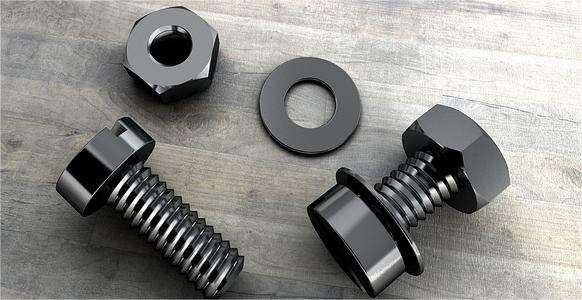
Thread Type
There are many different types of threads, such as metric threads (M), American threads (UNC, UNF), pipe threads (G, NPT), and so on.
Diameter
The diameters of threads can be divided into two categories: large and small diameters:
Large diameter: the largest diameter measured from the top of the thread
Small diameter: the smallest diameter measured from the root of the thread.
pitch of spiral
The distance between two adjacent threads. Metric threads are measured in millimeters; American threads are usually expressed in threads per inch.
Thread Grade
Generally refers to the degree of tightness or looseness of the female and male threads when mated, usually indicated by a combination of a letter designation and a number beginning with 1. The letter designation is usually “A” or “B” to indicate different design requirements. “A” denotes male threads and “B” denotes female threads.
|
Thread Grade - Tolerance Range |
|||
|
|
Loose Fit |
Free Fit |
Medium Fit |
|
External thread |
1B |
2B |
3B |
|
Internal thread |
1A |
2A |
3A |
Flange Focus
The flange focal distance (FFD) (also known as the flange-to-film distance, flange focal depth, flange back distance (FBD), flange focal length (FFL), or register, depending on the usage and source) of a photographic lens is the distance from the mounting flange (the metal ring on the camera and the rear of the lens) to the film plane in the camera (the distance between the lens and the image plane). Flange Focal Distance - An Factors for Lens Matching with Camera System. FFD standard FFD18CS-mount12.5 The FFD for a C-mount is 17.526mm, a CS-mount has a 12.5mm FFD which is 5mm less then a C-mount.
Threads per inch
Threads per inch (TPI) is the number of threads in one inch of thread length.
Technical specifications for the C-mount and CS-mount
C-mount as well as C-mount specification for CS-mount, they share 1-inch (25.4 mm) thread diameter having 32 threads per inch. C-mount and CS-mount both have a thread 25.5 mm in diameter with a pitch of 0.75 mm (M25. 5 x 0.75).
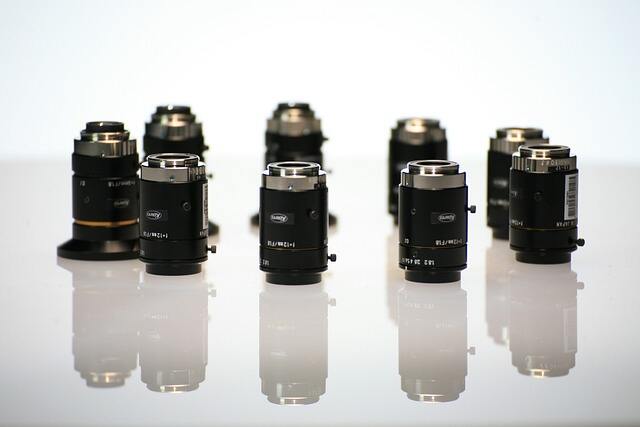
Key differences between the C-mount and CS-mount
Above we have understood the thread specification in detail and the meaning of each parameter, let's understand the difference between C-mount and CS-mount in detail:
|
|
C-mount |
CS-mount |
|
Flange Focus |
17.5mm |
12.5mm |
|
pitch |
0.75mm |
0.75mm |
|
camera format |
8 mm, 16 mm, 1/3 inch, 1/2 inch, 2/3 inch, 1 inch, 4/3 inch |
1/4″、1/3″、1/2″ |
|
Installation |
tighten |
tighten |
compatibility
It is important that the lens interface is compatible with the camera interface. This is because optimal images can only be obtained if the distance from the lens to the sensor meets optical standards.
C-mount lenses are directly compatible with C-mount cameras. They are also compatible with CS-interface cameras and only require the addition of a 5mm CS-interface adapter. On the contrary, the CS interface is not compatible with C-mount cameras because the CS interface has a shorter focal length of 5mm than the C-mount. and the thickness of the lens adapter ring is determined by the difference in focal length flange distance.
costs
Since the CS interface uses fewer glass elements than the C interface. Therefore, CS-interface lenses are much cheaper than C-interface lenses.
Sensor Size
The maximum usable sensor size for C-mount/CS-mount camerais typically 1.1-inch format (17.6 mm diagonal length). Therefore, C-mount and CS-mount camera are not suitable for sensors that are larger than 1 inch (25.4 mm) in diameter, such as those found in high-resolution cameras.
After understanding the thread specifications and the related data between C-mounts and CS-mounts as described above, we can tell.
The key difference between C mount and CS mount lenses lies in the flange focal length, which is the distance from the lens mount to the image sensor. For C mount lenses, this distance is 17.5 mm, while for CS mount lenses, it is 12.5 mm. Therefore, a 5 mm CS mount adapter ring is necessary when attaching a C mount lens to a CS mount camera to ensure proper focus. On the other hand, a CS mount lens cannot be used on a C mount camera because the shorter flange focal length prevents it from achieving a focused image.
C-mounts and CS-mounts for Embedded Vision Applications
C-mount is the standard interface for imaging cameras and is widely used in machine vision applications because of the large number of lenses that can be used, while CS-mount lenses are commonly used in surveillance cameras and embedded vision applications because of their lower cost. CS-mount lenses are also ideal for affordable ultra-wide angle lenses because of their shorter flange focal length.
Sinoseen offers a wide range of high-quality, high-performance camera modules for your embedded vision applications, as well as support for customized lenses including, but not limited to, field of view, focal length, and aperture.
Contact us if you are interested in integrating C/CS interface and S interface cameras into your product. You can also feel free to check out our website for related product pairings.
FAQs
What is the main difference between C-mount and CS-mount lenses?
The main difference between C-mount and CS-mount is the flange focal length from lens mount to image plate..C-mount lenses have a 17.526 mm distance, while CS-mount lenses have a 12.5 mm distance.
Can I use a C-mount lens on a CS-mount camera?
Yes, but you will need a 5 mm adapter ring to account for the difference in flange focal distance.
What industries commonly use C-mount lenses?
C-mount lenses are commonly used in security systems, industrial imaging, and machine vision applications.
Do I need special tools to switch between C-mount and CS-mount lenses?
No special tools are required, but you will need an adapter ring if you are using a C-mount lens on a CS-mount camera.

 EN
EN
 AR
AR
 DA
DA
 NL
NL
 FI
FI
 FR
FR
 DE
DE
 EL
EL
 HI
HI
 IT
IT
 JA
JA
 KO
KO
 NO
NO
 PL
PL
 PT
PT
 RO
RO
 RU
RU
 ES
ES
 SV
SV
 TL
TL
 IW
IW
 ID
ID
 SR
SR
 VI
VI
 HU
HU
 TH
TH
 TR
TR
 FA
FA
 MS
MS
 IS
IS
 AZ
AZ
 UR
UR
 BN
BN
 HA
HA
 LO
LO
 MR
MR
 MN
MN
 PA
PA
 MY
MY
 SD
SD

